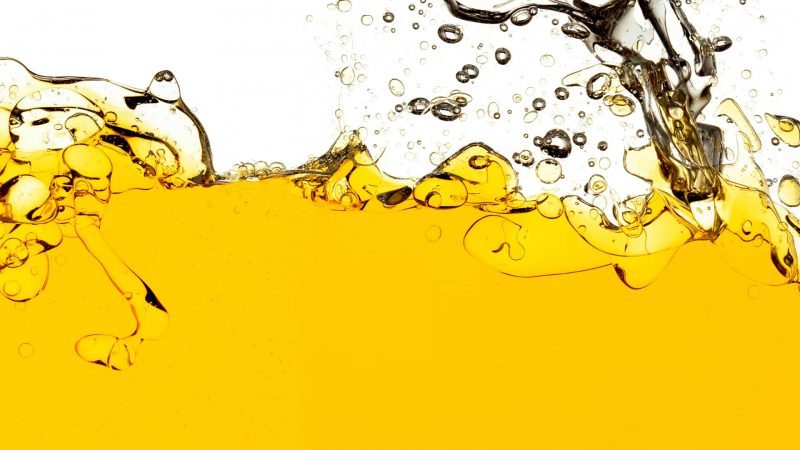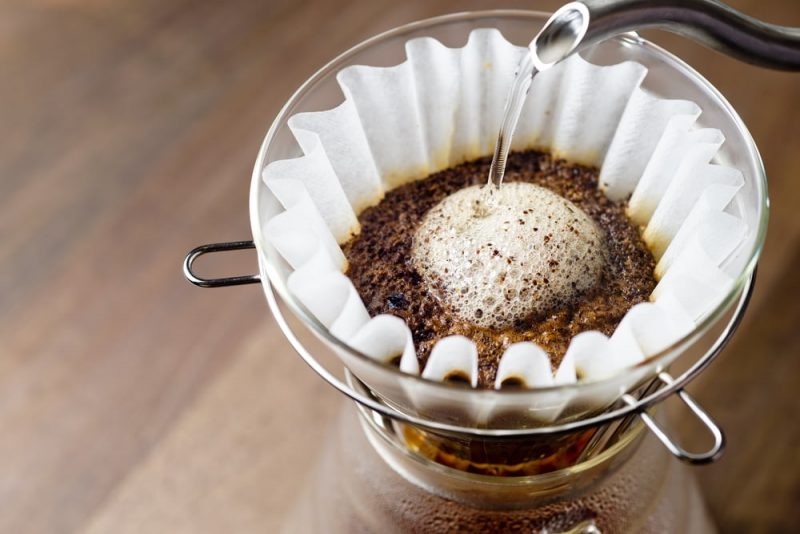In chemistry, a mixture It is a combination of at least two substances, in equal or variable proportions, without there being a combination at the chemical level. A mixture does not constitute a chemical reaction. This means that each of the substances that make up the mixtures contribute their properties to the whole.
Within the mixtures, two variants can be identified:
- Homogeneous mixtures. In this type of mixture, it is very difficult to identify the compounds that compose them. In this way, humans can only detect a single physical phase. Within the liquid homogeneous mixtures, called “solutions”, solvents are differentiated from solutes. While solutes are in low quantity and are almost always liquid, solvents predominate in proportion. For example: wine, beer, jelly, water and alcohol.
- Heterogeneous mixtures. Unlike homogeneous mixtures, in heterogeneous mixtures it is very easy to identify, even with the naked eye, what are the different components that make them up. This makes it much easier to separate these mixes at the same time. For example: water and oil / water and sand.
Examples of heterogeneous mixtures
| Lettuce and tomato salad | Water and sand |
| Water and oil | Helium and air |
| Air and land | Soup with noodles |
| Rice and beans | Water and sugar |
| Vinegar and oil | Sausages with mayonnaise |
| Water and gasoline | Potatoes and egg |
| Stones and wood | Water and stones |
| Papers and tapes | Milk with marshmallows |
| Water and paraffin | Cookies with sweet and butter |
| French fries and peanuts | Wood and stones |

Techniques for separating mixtures
Over time, different techniques have been developed to separate the components that make up the mixtures.
Some of them are:
- Sifting. This technique is used to separate solid mixtures that are in the form of grains of different sizes. They are passed through one or more sieves, as needed. In this way, while one component remains on the sieve, the rest pass through its holes.
- Magnetic separation (or magnetization). This technique is very limited since it can only be applied to separate those mixtures in which some of its components have magnetic properties. So, these components are attracted by the magnetic field of some magnet, while the components that do not have magnetic properties are not attracted.
- Filtration. When you want to separate those mixtures that contain insoluble solids and liquids, you can choose this option, which consists of using a funnel made of filter paper on the inside. Thus, the components that pass through the funnel will be separated from those that are retained in it.

- Crystallization and precipitation. In this technique the temperature of the mixture is raised and thus it is possible to concentrate it and then filter it and place it in a crystallizer, where it is allowed to stand until the liquid evaporates. Once this happens, the solid part is preserved in the form of crystals on the crystallizer. This is the proper technique to separate mixtures composed of a solid solute dissolved in a solvent.
- Decantation. To separate liquids that have different densities and are immiscible, this technique is used. The mixture to be separated is placed in a separating funnel. After letting it sit for a while, the densest part will be at the bottom. Then, the separatory funnel tap is opened, until all the substance of higher density falls, while the rest remains in the funnel.
- Distillation. This technique consists of increasing the temperature of the mixture to be separated. The mixture must be made up of different liquids that are soluble in each other. What happens is that different liquids have different boiling temperatures so, as the temperature increases, the liquid with a lower boiling temperature will first go into the vapor phase and then condense in another container. In this way, it will be separated from the liquid that has a higher boiling temperature.
- Chromatography. It is a technique for separating very complex mixtures, which are difficult or impossible to separate by the previous separation methods. It is based on the displacement of the sample to be separated through a stationary phase (which can be paper or a resin, for example). In order for it to move, the sample must be transported by a mobile phase (which can be liquid or gaseous). The separation of the components occurs due to the difference in the affinity of each one for both phases. The components closest to the stationary phase are retained in it, while the others flow into the mobile phase.

